As part of my ancestral heritage, I was learning the Comanche alphabet. Me, being a designer wanted to look at the glyphs in Illustrator but I ran into a problem really fast: Most fonts do not carry the needed glyphs [the “bar u” glyph (ʉ) and to a lesser extend, the glottal stop symbol (ʔ). ], so I went through all the fonts (for better or worse) on my computer and found the fonts that had the needed glyphs.
Since I found a tough time trying to find fonts with the needed glyphs, I thought it would be nice to have a handy list of Comanche language compatible fonts, so I decided to make one. As a graphic designer, having a well designed font is important to me. It can affect communication, by making it easy to read, or adding style. If you do have to pick between the two, picking a font that has your needed glyphs is more critical than any stylistic benefit, so even though not all designers would endorse all these fonts during normal circumstances, having these fonts does make it possible to at least type in Comanche.
If keeping the Comanche language alive is a goal, I think it is critical to use the language more often, particularly in web situations where the language can live and spread. The language has to make the evolutionary leap from spoken word to digital. Part of this will require font designers to start including the often overlooked glyphs into font families. This will let people begin to type in Comanche, which will allow the endangered language to be easier to use. I have even emailed the author of Raleway to see if they could add in the “bar u” glyph (crossing my fingers).
Fonts Compatible with Comanche (Nʉmʉnʉʉ) Language:
Arial

Often joked about by designer’s as Helvetica’s ugly cousin, this font is pulls some more points by having the ʉ glyph. It is not my favourite choice and likely wouldn’t be chosen by a professional graphic designer, but it is a system font that every day people can pick to use in email or Word documents, so that is some kudos to Arial for being compatible with Comanche language.
Arimo
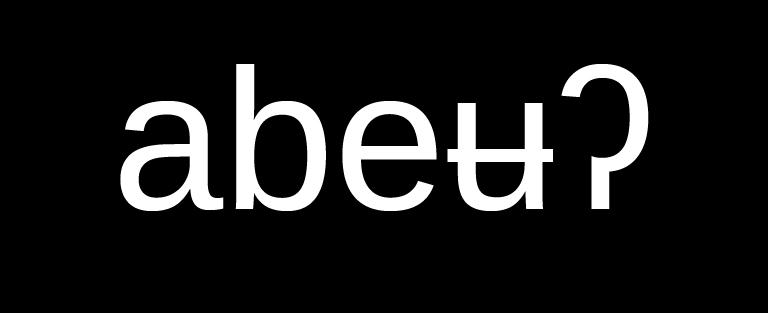
This is a font that I chose to install on my computer for use in a design. It is a very neutral font, and I would say it is a decent free alternative to Helvetica. I was glad to find Arimo was one of my few chosen “designer” fonts that is compatible with the Comanche language.
Google Font Link: https://fonts.google.com/specimen/Arimo
Calibri
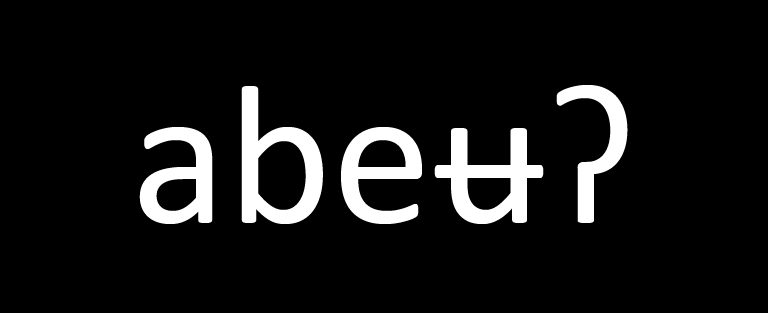
Well, Calibri took the spotlight to Microsoft products by being the default font for some time in Word. I don’t find the font particuarily stylish, but it is indeed widely available and Microsoft did take the time to make make glyphs as part of the font package, so this is another choice of font to use when any common user is trying to draft a Word document or email.
The nice designer friendly aspect of this font is that it does have a few weights to it, which will give you some options in your designs.
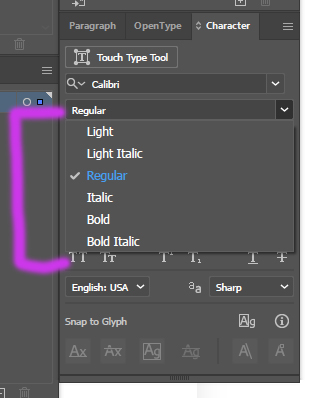
Cambria
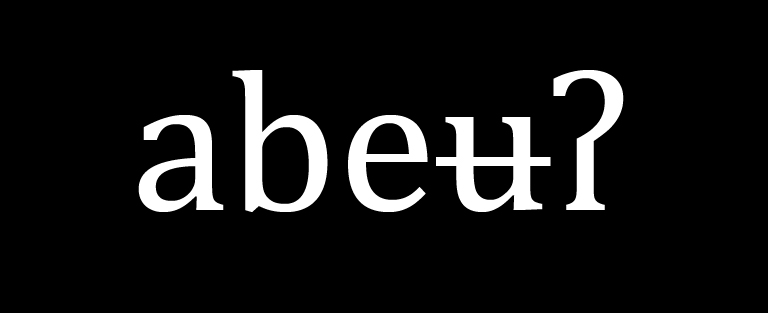
Cambria is a serif font that comes by default on Windows computers. It seems that when Microsoft creates a font, they go all out with language compatibility. This only comes with a standard Regular and Bold weight. As a designer, I like having more weights myself, like “Light,” and “Semi-Bold,” but for a free font that is compatible with the Comanche characters, it is a decent choice.
Consolas
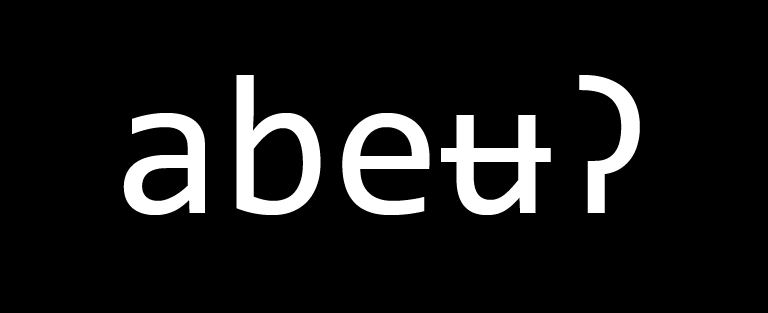
Consolas is another Microsoft font that is compatible with the Comanche language. It actually is designed with the intent for programming UIs to replace the historically used Courier. I am not necessarily over the moon about the font as it just comes across as too uniform for my tastes, with the monospaced glyphs and consistent width of the letter stems, but it might be a decent choice when high readability is critical; sometimes a bit boring is better than a bit unreadable. I’d probably pick this over Arial if I was trying to find a MS system font that was sans-serif.
Courier New

Well, I can’t justify using this font as for me, it is too ugly, but keeping in the spirit of the topic, Courier New does appear to be compatible with the Comanche alphabet. This is a slab serif font that looks like an ugly version of a type writer font. It only has a Regular and Bold weight. It does seem to be a default Microsoft font, if you are looking for options already installed on your computer.
Lucida Sans Unicode
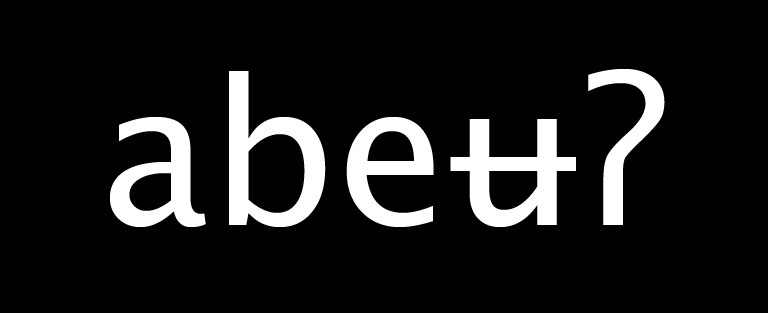
This is another Microsoft system sans-serif font to pick from. It looks like this font was designed to be very cross-language friendly. It is considered a unicode font, where having each glyph from various language is required.
The big down-side to this font is that it only comes in one weight. For that reason, I would not recommend using it. Come on man, at some point you are going to need to bold something!
Microsoft Sans Serif
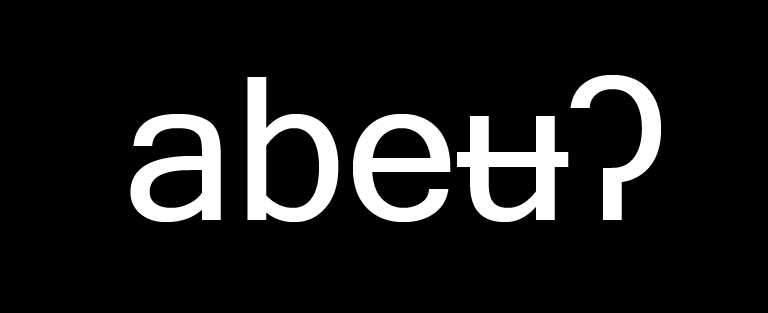
Microsoft Sans-Serif looks to be another sans-serif (real surprised) font. It only comes in one font weight, so I would not advise it for usage in any designs or letters. People need to be able to bold to italicize their words.
Segoe UI
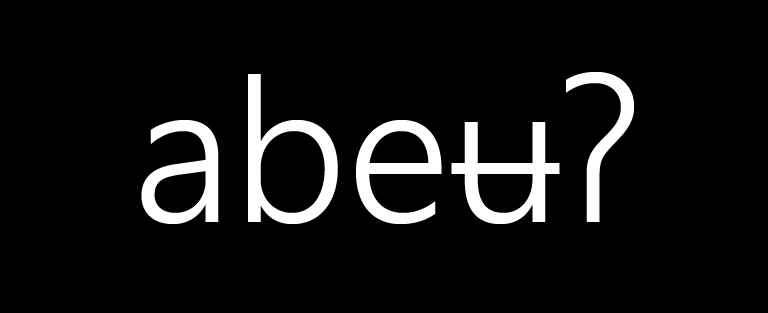
Segoe UI is another Microsoft default font. This is also a sans-serif font. It seems to have replaced Calibri as the go-to MS Office font. This font seems to have a lot of different font weights, plus it has the needed glyphs for writing in the Comanche language, so it might be worth trying. I’d say this is my top choice for Microsoft default fonts when it comes to font selection.

Source Code Pro / Source Code Variable
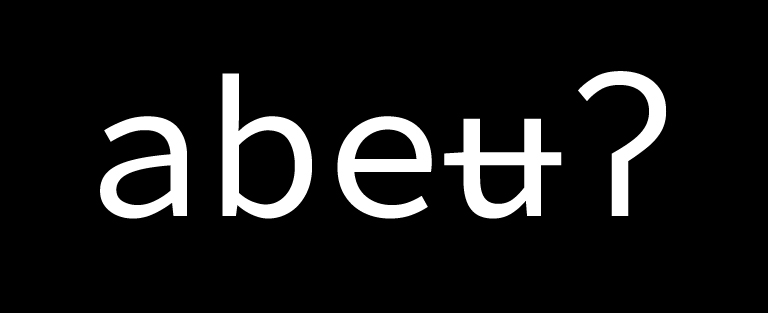
This is the “code” version of the Source Sans font. As I stated earlier, I am not really a fan of monospaced fonts, but it does fit the criteria of having ʉ and ʔ, needed for the Comanche language.
Man, I can’t hold it back… to me looking at that M squished in this word (as a result of monospace) is just too unnatural for my tastes.
Source Sans

This is actually an Adobe font, but available for free on Google Fonts. Even though this font has a good deal of weights, not all weights seem compatible with ʉ and ʔ, but it still seems like a decent choice. Oddly enough, the serif version of this font is NOT compatible with the Comanche glyphs.
Google Font page: https://fonts.google.com/specimen/Source+Sans+Pro?query=source+sans
Tahoma
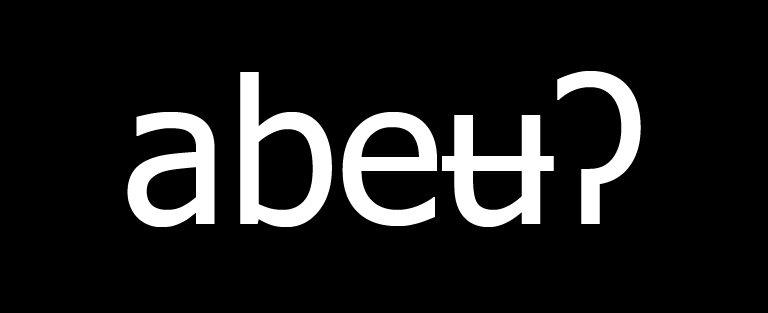
I am not a fan of Tahoma in style, but it is a sans-serif font that is compatible with the needed characters for the Comanche language.
Times New Roman
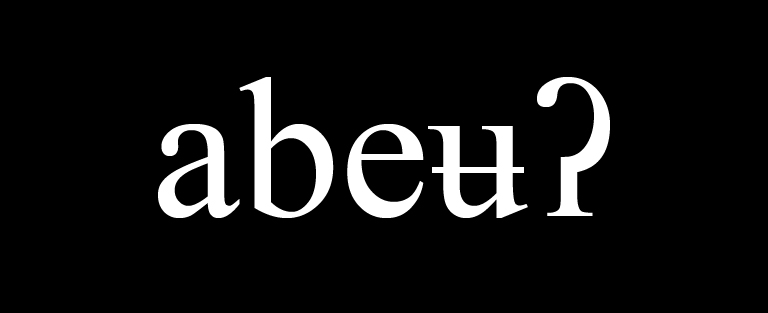
Well, of all the fonts out there, Times New Roman still stands the test of time. It has all the needed glyphs for the Comanche language, has different font weights, and looks good. Of this list of Comanche-friendly fonts, there are only 2 serif fonts on here. I’d definitely pick this one over Cambria.
Yu Gothic UI
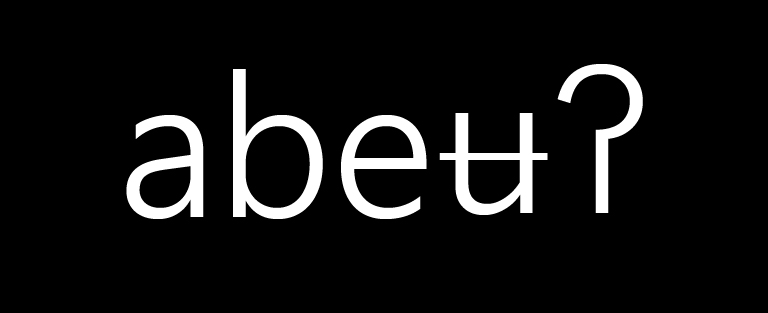
This is another Microsoft font that has all the needed glyphs. I don’t imagine too many people running out to the store to buy some Yu Gothic myself, but it does look like it fits the criteria of having the needed glyphs for the Comanche language. This actually seems like it was designed more for the Asian audiences, where Asian fonts are a whole other beast to tackle.
Bonus – How the heck do you use these characters in Microsoft Word or an Outlook?
- Option One – copy and paste the glyphs into your word document.
- Option Two – Type in the unicode number into Word, then do the keyboard combination ALT + X; for example, type in the number 0294 or 0289 and the hit ALT + X. This will turn the numbers into the special character.
- If you need to type these glyphs frequently, you can consider mapping it to your keyboard. I was not able to figure out how to assign hot keys, but I do have these 6 optional keys on my keyboard that are supposed to be for gaming hot keys. There’s probably a way!

